The long‑awaited return of an officially licensed Rugby League video game in Australia—Rugby League 26—has been overshadowed by a torrent of criticism and controversy. Released on 17 July 2025, the game promised to deliver cutting‑edge visuals, enhanced realism, and an inclusive appearance across both National Rugby League (NRL) and NRL Women’s Premiership (NRLW) athletes. Instead, the past ten days have dominated headlines with player backlash over facial likenesses, low ratings, clunky gameplay, and shattered expectations.
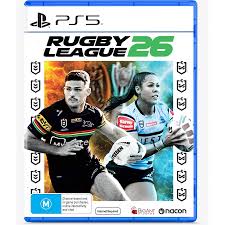
Rugby-League-video-game-in-Australia-Rugby-League-26-has-been-overshadowed-by-a-torrent-of-criticism-and-controversy
🚨 The Outcry Begins: Players Speak Out
The first public diss was delivered by NRLW star Millie Elliott (née Boyle, Sydney Roosters). When viewing her in‑game avatar, she reportedly exclaimed, “It looks absolutely nothing like me… nothing.” She contrasted that with her husband, Adam Elliott, whose character she said looked like his “own doppelganger.” To add insult to injury, her in‑game rating stood at 53 out of 100, which she described as an “insult.” “So firstly it looks nothing like me and secondly, I’m the sh**test footy player on there,” she quipped on Triple M radio, adding biting commentary on technology expectations: “You’d think with AI… they could get it looking a little similar”
Kennedy Cherrington, lock for the Parramatta Eels and NSW State of Origin side, also joined the chorus of complaints. Taking to social media, she lamented: “This might seem petty, but… as a player that features in the new RL26 game, I’m not happy. From the facial scans to the player ratings & even the gameplay, nahhh.” She added that she had been eager to “get sweaty on the game this weekend” but the ball was now firmly in Big Ant’s court: “That update better be incoming soon haha”
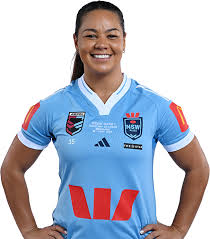
Kennedy-Cherrington-lock-for-the-Parramatta-Eels-and-NSW-State-of-Origin-side-also-joined-the-chorus-of-complaints
Broader Issues: Ratings, Bugs, and Glitches
The criticism extended far beyond those two names. Many Parramatta players reportedly took issue with their in‑game ratings, feeling undervalued and misrepresented Users and fans swiftly flooded online forums, X (formerly Twitter), and Reddit, sharing screenshots and anecdotes about comical glitches: frozen loading screens, stadiums located in wrong cities, jersey numbers mismatched, players listed in incorrect positions, and performance bugs on Xbox that caused hours of lockouts
In response to the avalanche of complaints, Big Ant Studios openly acknowledged major issues: server unreliability, high demand exceeding capacity, glitch‑ridden gameplay, and poor execution of photogrammetry facial capture. The company promised compensation for purchasers in the form of in‑game Pro Team credits and committed to rolling out patches to fix stadiums, visual errors, player appearances and uniforms
CEO Ross Symons defended their efforts: “We went to great lengths to capture NRL and NRLW players in person. All players… who chose to attend the photogrammetry sessions are accurately and faithfully represented in the game.” But he noted that some clubs and players were caught unaware when scan sessions were scheduled. As a result, many NRLW players were scanned via an app rather than in‑person sessions, which likely contributed to the poor likenesses

All-player-who-chose-to-attend-the-photogrammetry-sessions-are-accurately-and-faithfully-represented-in-the-game
Player Association and Institutional Response
Behind the scenes, the Rugby League Players’ Association (RLPA) has reportedly questioned the rollout of RL26. There are concerns that the NRL and Big Ant did not involve players—or their representatives—sufficiently during key processes, particularly around the use of player IP (image/likeness). RLPA CEO Clint Newton reportedly emphasised that player inclusion must happen “up front” in future projects of this scale o game certification may have included individuals with familial ties to NRL leadership—a situation raising eyebrows about transparency and conflict of interest—even though official representatives dismissed any impropriety while emphasising intent for independent feedback

Behind-the-scenes-the-Rugby-League-Players’-Association-RLPA-has-reportedly questioned-the-rollout-of-RL26.
Online Backlash: Community Frustration
Reddit users weighed in heavily on the frustration:
Meanwhile, fans on X posted blistering reviews saying:
-
“Not even joking how did this game get the green light?”
-
“8 years and this dross is the best you can come up with? Embarrassing.”
-
“Cannot put into words how bad Rugby League 26 is”
One content creator described RL26 as effectively a “remaster” of the studio’s Rugby League Live 4 from 2017—reused animations and mechanics—not a true evolution of the series; paired with nonfunctional servers and missing polish, fans termed it “half‑finished” ABC.
Timeline Recap
-
Next week’s NRLW Magic Round in Newcastle is earmarked as the next opportunity to conduct more photogrammetry scans to rectify in‑game likenesses for NRLW athletes—particularly those who missed earlier sessions . Additionally, further scans for NRL players are planned later in the year.
What Went Wrong?
1. Missed Photogrammetry Sessions
Many NRLW players were unavailable for in‑person scans during the narrow scheduling window—and likely defaulted to app captures, producing poor likenesses. Female players like Elliott and Cherrington were among those most visibly misrepresented
2. Ratings Discrepancies
Some players felt their rankings were out of touch with actual performance. Elliott’s rating of 53 shocked her, while Parramatta players broadly voiced displeasure over under‑valuation
3. Technical Failures
Gamers reported server crashes, frozen screens, wrong player numbers or positions, stadiums in wrong cities, erratic gameplay and Xbox lockouts lasting up to 11 hours on launch day .
4. Unmet Expectations
After eight years since Rugby League Live 4 (2017), fans awaited meaningful progress. Instead, they got a buggy, underfunded release that felt like a re‑skin—something many deemed unacceptable for a $100–$125 entry price tag
Next Steps: Can This Be Fixed?
Big Ant Studios has announced compensation via in‑game Pro Team credit and announced major patches in progress. They reiterated they are working “around the clock” to restore server functionality and patch graphical and gameplay issues

Big-Ant-Studios-has-announced-compensation-via-in‑game-Pro-Team-credit-and-announced-major-patches-in -progress
Further photogrammetry scanning is scheduled during the upcoming NRLW Magic Round in Newcastle, offering a second chance to better capture player features. Clubs and the RLPA are reportedly working more closely with developers to prevent another disappointed release, with players demanding involvement early in the process
Conclusion
The release of Rugby League 26 on 17 July 2025 was a highly anticipated moment—eight years in the making. Instead, it became the subject of frustration and embarrassment from players and fans alike. Misrepresentations of physical likeness, inconsistent player ratings, broken servers, gameplay bugs, and what many feel is an underwhelming gel with the high price point have collectively tarnished the launch.
Millie Elliott and Kennedy Cherrington have become the foremost voices in player-led criticism, highlighting broader issues around image rights, fair representation, and insufficient collaboration with athletes. In their wake, demands for transparency, proper scanning procedures, better QA, and early dialogue between developers, the NRL and the RLPA have emerged as key lessons.
If Big Ant can deliver timely updates, meaningful fixes, and more polished content—and if players are allowed a seat at the table in development—then there is hope for redemption. Otherwise, Rugby League 26 may be remembered not as a long‑awaited revival, but as a cautionary tale of mismanaged expectations, rushed execution, and the power of player dissent in the digital age.
Click here to watch more!




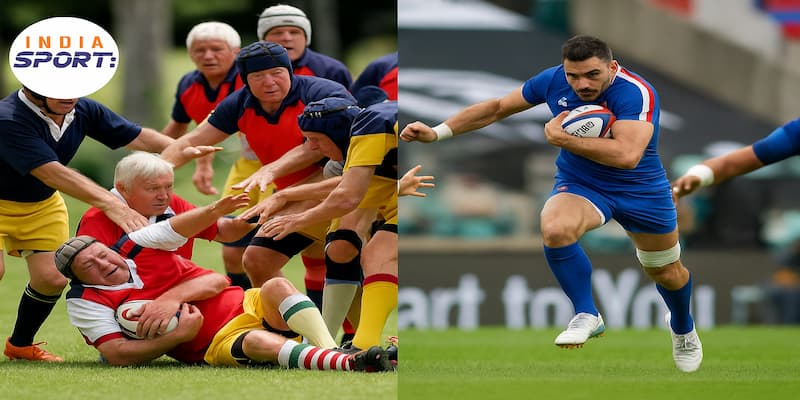


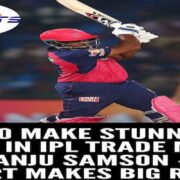






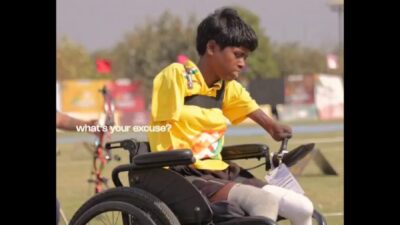
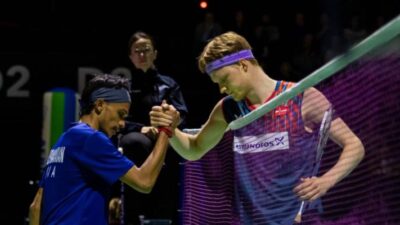

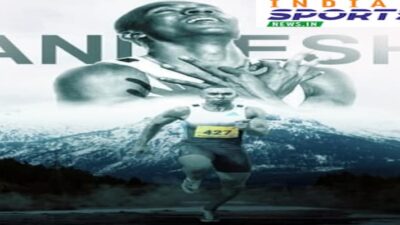

Comments